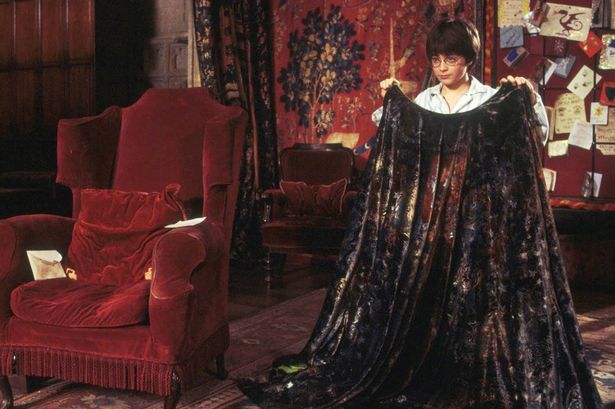-
Tips for becoming a good boxer - November 6, 2020
-
7 expert tips for making your hens night a memorable one - November 6, 2020
-
5 reasons to host your Christmas party on a cruise boat - November 6, 2020
-
What to do when you’re charged with a crime - November 6, 2020
-
Should you get one or multiple dogs? Here’s all you need to know - November 3, 2020
-
A Guide: How to Build Your Very Own Magic Mirror - February 14, 2019
-
Our Top Inspirational Baseball Stars - November 24, 2018
-
Five Tech Tools That Will Help You Turn Your Blog into a Business - November 24, 2018
-
How to Indulge on Vacation without Expanding Your Waist - November 9, 2018
-
5 Strategies for Businesses to Appeal to Today’s Increasingly Mobile-Crazed Customers - November 9, 2018
Eureka! World’s first invisibility cloak now a reality
Invisibility cloaks have been around for quite some time.
Advertisement
“This is the first time a 3D object of arbitrary shape has been cloaked from visible light”, said Xiang Zhang, director of Berkeley Lab’s Materials Sciences Division, in a press release. The scientists say the result is identical to light being reflected off a flat mirror.
Xiang Zhang, who was part of the team that built the device, admitted that the cloak is now microscopic in size and has succeeded so far in hiding only tiny objects. The cloak’s surface is meta-engineered to route light waves in such a way that the object is rendered invisible when the cloak is activated.
According to the makers of the cloak, the new cloak is very flexible and could be easily wrapped around an object of any shape.
Zhang told Xinhua by phone that “we are perhaps just five to 10 years away from the practical realization of a real-life invisibility skin cloak”. Researchers at UC Berkeley have created a thin metamaterial that can conform to irregularly shaped objects and render them invisible in certain wavelengths of light. “Our ultra-thin cloak now looks like a coat”.
“Then you’re in the [realm] of a real Harry Potter cloak”, he says.
Usually, when light bounces off a three-dimensional object, the light is scattered and the wavefront gets distorted, which is what allows us to see the object’s angles and curves. The rules that govern these interactions of light in natural materials can actually be circumvented in metamaterials, whose optical properties arise from their physical structure rather than their chemical composition. So in theory, a large enough cloak would be able to make all our dreams and nightmares come true by concealing a dragon or an enemy warship.
A 3D illustration of a metasurface skin cloak made from an ultrathin layer of nanoantennas (gold blocks) covering an arbitrarily shaped object. At its current dimensions, it can be draped over very small objects the size of a few biological cells (1,300 square microns in area), and when done so, manages to mask their 3D shape by reflecting light waves. That means the cloak can work perfectly if you’re only looking with red light.
But as the first incarnation of an entirely new technological approach to creating invisibility cloaks, Ni is optimistic that there is plenty of room for improvement.
Advertisement
They said that experiments involved cloaking a miniscule object have proved successful and they believe the technology could be made to hide larger ones.




























